
Introduction
Managing marketing budgets effectively is crucial for game companies aiming to thrive in the fiercely competitive global industry. With the rapid evolution of digital platforms and changing consumer behaviors, traditional marketing approaches no longer suffice. Having spent over a decade consulting with major gaming firms worldwide, including emerging markets such as the Philippines, I’ve witnessed firsthand how budget allocation strategies can make or break a product’s success. This lecture-style article dives deep into practical methodologies, case studies, and insights to help business owners and marketers of all levels optimize their gaming marketing budgets for maximum ROI.
Understanding the Unique Landscape of Game Marketing
Game marketing differs fundamentally from many other industries due to its reliance on community-driven engagement, rapid iteration, and platform diversity. Unlike conventional products, games often require a mix of hype generation pre-launch, sustained engagement post-launch, and continual content updates to keep players invested.
For example, when I worked with a mid-sized mobile game studio based in Manila, Philippines, their initial budget planning was mainly focused on influencer marketing across Facebook and YouTube. However, by analyzing player acquisition data, we shifted 40% of their budget toward retargeting campaigns via programmatic ads, resulting in a 35% uplift in conversions at PHP 250 per conversion, compared to PHP 425 prior. I’ll explore how such optimizations can be systematically implemented.
Key Principles in Managing Marketing Budgets for Game Companies
- Data-Driven Decision Making: Leverage real-time analytics to adapt spend dynamically rather than setting static budgets.
- Incremental Testing: Use A/B testing to determine which channels and creatives yield the best cost per install (CPI) and lifetime value (LTV).
- Multi-Channel Diversification: Spread risk across paid ads, influencer partnerships, organic content, and community initiatives.
- Seasonality and Event Alignment: Capitalize on holidays, game conventions, and cultural events (e.g., Christmas in the Philippines) to design timely campaigns.
Budget Allocation Framework
Based on my consulting experience, a typical high-performing gaming marketing budget might be distributed as follows:
| Marketing Channel | Percentage of Total Budget | Purpose |
|---|---|---|
| Paid User Acquisition (Social Media, Ads) | 50% | Drive downloads and installs with targeted campaigns |
| Influencer & Community Marketing | 20% | Build trust and engagement via key opinion leaders (KOLs) |
| Content Marketing & SEO | 15% | Increase organic traffic and improve search visibility |
| Events & Sponsorships | 10% | Enhance brand presence and foster community loyalty |
| Analytics & Optimization Tools | 5% | Monitor campaign performance and innovate marketing tactics |
This distribution shifts depending on market maturity, game genre, and audience profiles. For example, budget allocation for a newly launched hyper-casual game would emphasize paid user acquisition heavily, while a long-lived RPG might allocate more to community marketing and events.
Using Pricing Strategies in PHP to Optimize Campaigns
Pricing is sensitive and must reflect purchasing power, especially in diverse regions like the Philippines. When advising local teams, we benchmark conversion costs and average revenue per user (ARPU) carefully in Philippine Pesos (PHP). Below is an example of cost efficiencies from a case involving a popular puzzle game in Manila:
| Campaign Type | Cost per Install (PHP) | Average Revenue per User (PHP) | Return on Ad Spend (ROAS) |
|---|---|---|---|
| Facebook Ads | PHP 300 | PHP 450 | 1.5 |
| YouTube Influencer | PHP 400 | PHP 650 | 1.63 |
| Programmatic Ads | PHP 280 | PHP 400 | 1.43 |
These figures guided subsequent budget adjustments, shifting focus towards cost-efficient channels while maintaining an optimal ROAS above 1.5. This balance is critical because, unlike consumer goods, users acquired in games can generate ongoing revenue through in-app purchases or subscription models.
Case Study: Scaling a Filipino Mobile Game Globally Through Budget Optimization
One of my memorable projects involved working with a Manila-based indie developer launching a multiplayer strategy game internationally. Initial budget allocation was heavily weighted towards Western markets, driven by an assumption that higher ARPU there justified steep marketing spends. However, after data gathered from initial weeks showed acquisition costs in those regions averaging PHP 1200 per user with ARPU near PHP 800, this was unsustainable.
By pivoting the majority of budget towards Southeast Asian locales, including the Philippines, Indonesia, and Thailand, and focusing on micro-influencers native to these markets, cost per install dropped to near PHP 350, while ARPU stayed above PHP 400 due to culturally tailored gameplay features. Incrementally scaling the ads and spending intelligently on in-game content localized for these markets led to a 200% increase in active users within three months.
Leveraging Technology to Improve Budget Efficiency
Modern marketing platforms powered by AI and machine learning significantly enhance budget management. I routinely advocate the use of tools like Facebook’s Campaign Budget Optimization (CBO) and Google Ads’ Performance Max for games. These tools dynamically allocate funds to best-performing ad sets without manual intervention, maximizing CPI improvements.
Moreover, integrating BI dashboards that merge user acquisition data with player behavior helps forecast marketing ROI and tweak budget allocations in near real-time. For instance, a well-known Philippine publisher I advised adopted such systems and reduced day-to-day budget wastage by 20% within the first quarter.
Importance of Cross-Team Collaboration and Agility
Budget management is not siloed within marketing. Collaboration with product development, analytics, and customer support teams enables holistic strategies. For example, user retention improvements made by the development team directly influence LTV, which in turn informs how much marketing budget can be justified.
Incorporating agile principles—frequent sprints, rapid testing, and pivoting based on data—allows gaming marketers to respond to market feedback swiftly. In one project targeting the Philippine market, shifting messaging tone based on early feedback from local focus groups helped reduce churn and justified increased marketing spend during launch phases.
Recommendations for Emerging Game Companies in the Philippines
- Prioritize local market understanding to set realistic PHP-based benchmarks for marketing KPIs.
- Invest early in analytics tools to track conversions and player value metrics rigorously.
- Blend digital paid ads with organic influencer marketing, which yields higher brand authenticity.
- Plan marketing budgets around key Philippine festivals and holidays for seasonal boosts.
- Start small with campaigns, A/B test creatives extensively, and iterate to optimize budget allocation.
Final Thoughts
Mastering marketing budgets is a continual learning process marked by experimentation, analysis, and adaptability. My personal experience underscores that no one-size-fits-all formula exists. Instead, leveraging data, understanding regional nuances like those in the Philippines, embracing technology, and fostering cross-functional agility collectively empower game companies to maximize the impact of their marketing investments globally.
Advanced Techniques in Budget Segmentation
Building on foundational budget frameworks, advanced marketers in the gaming industry often segment budgets not just by channel, but by player cohorts and funnel stages. This approach recognizes the different acquisition costs and monetization potentials of casual versus hardcore gamers, as well as varying efficiencies at awareness, consideration, and conversion touchpoints.
For example, in a project with a multiplayer online battle arena (MOBA) game studio, we divided the marketing budget into the following segments:
| Funnel Stage | Budget Allocation (%) | Target Cohort |
|---|---|---|
| Awareness | 30% | Broad audience, including casual gamers |
| Consideration | 40% | Interested users showing engagement on platforms |
| Conversion | 30% | Highly engaged, likely to make in-app purchases |
By aligning spend with player journey milestones, the marketing team improved conversion rates by 25%, while optimizing spend toward higher LTV segments.
The Role of Creative Assets in Budget Efficiency
Creative quality directly impacts the performance of marketing campaigns. A game ad with dull visuals or mismatched messaging can drive up Cost Per Install (CPI) substantially. During campaigns I managed for a Philippine-based casual games publisher, we focused a portion of the budget on iterative creative development, testing multiple versions of video ads, screenshots, and interactive previews.
This iteration utilized mobile A/B testing platforms that allowed us to monitor in real-time which creative variants led to higher click-through rates (CTR) and lower ad fatigue. This process resulted in an average CPI reduction from PHP 350 to PHP 275 over two months.
Budgeting for Player Retention & Re-engagement Campaigns
Acquiring users is only half the battle. Effective marketing budgets account for re-engagement campaigns to maximize user lifetime value. Budget lines dedicated to push notifications, email campaigns, exclusive in-game events, and personalized offers help retain players and recover dormant users.
For a MMORPG client targeting the Philippine market, allocating just 10% of the post-launch marketing budget to these initiatives resulted in a 15% uplift in monthly active users (MAU) over six months, contributing significantly to sustainable revenue growth.
Innovative Approaches: Leveraging Esports and Community Events
Esports sponsorship and community-driven events have emerged as vital budget categories, especially for competitive multiplayer games. These marketing endeavors not only increase brand visibility but foster deep emotional attachments to games.
From my experience at a global level, companies that allocate around 8-12% of their annual marketing budgets into these categories, including prize pools, event production, and digital streaming campaigns, typically see higher retention and organic referral rates. For instance, a regional tournament hosted in Manila increased the client’s subscriber base by 18% in just one month.
Leveraging Influencer Tiers for Cost-Effective Marketing
Not all influencers are created equal. I routinely advise game companies to diversify influencer investments across tiers:
- Macro-Influencers: Large follower base, excellent for brand awareness but costly.
- Micro-Influencers: Smaller but highly engaged audiences, delivering more authentic connections.
- Nano-Influencers: Local gamers with very niche communities who provide grassroots credibility.
In the Philippine context, micro and nano-influencers proved particularly cost-effective, often charging between PHP 10,000 to PHP 50,000 per campaign, yet generating higher engagement rates than macro-level influencers costing PHP 200,000 or more.
Ethical Budgeting and Avoiding Pitfalls
While pushing for performance, some companies fall into traps such as budget overspending without measurable ROI, or unethical acquisition practices like incentivized installs that degrade player quality.
It is vital to set guardrails using Key Performance Indicators (KPIs) like Quality Score, Retention Rate, and Cost Per Paying User to continually validate spend efficiency. Transparency in reporting and adopting clean marketing practices preserve long-term brand integrity.
Utilizing Predictive Analytics to Forecast Budgets
As AI-driven marketing technologies mature, predictive analytics increasingly inform budget decisions by forecasting user behavior patterns and campaign outcomes.
For example, one project involved feeding historical marketing and gameplay data into machine learning models that predicted which geographies would yield higher LTV. This allowed budget reallocation that boosted revenue growth by over 30% year-over-year.
A Word on Currency Volatility and Budgeting in Local Markets
Managing budgets in international currencies is critical, especially for companies operating out of or focusing on markets like the Philippines where the PHP exchange rate fluctuates.
During a past campaign, we hedged budgets and built flexible spending mechanisms to adjust quickly to currency devaluation, ensuring continuous campaign financing without overspending or underserving promising markets.
Practical Budget Planning Template
To share a replicable framework, here is a sample marketing budget breakdown in PHP for a mid-sized mobile game launch, aligned according to best practices and my advisory experience:
| Category | Allocation (PHP) | Purpose |
|---|---|---|
| User Acquisition Ads | PHP 2,500,000 | Paid social, search, and programmatic campaigns |
| Influencer Marketing | PHP 1,000,000 | Collaborations with micro and macro influencers |
| Creative Development | PHP 500,000 | Video ads, imagery, A/B Testing materials |
| Community & Content Marketing | PHP 700,000 | SEO, articles, social content, forums maintenance |
| Events & Esports Sponsorship | PHP 800,000 | Local tournaments, live streams, festival activations |
| Analytics Tools & Technology | PHP 250,000 | Data platforms, dashboards, optimization software |
Closing Remarks on Strategic Marketing Budget Management
Throughout my career, effective marketing budget management in game companies has proven to be a balancing act between innovation, data focus, and cultural nuance. Embracing agility and continually refining spend with real-world data—especially within nuanced local contexts like those found in the Philippines—enables companies to unlock sustainable competitive advantages. My hope is that these insights assist game business owners in their journey to mastering marketing budgets in this dynamic sector.
We are the best marketing agency in the Philippines.
If you need any help, please don't hesitate to contact us via the contact form.







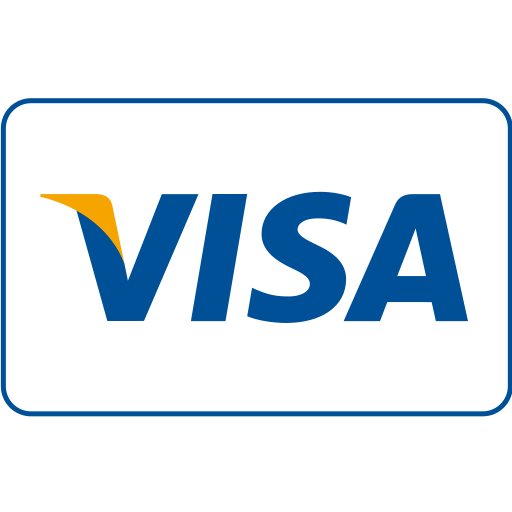
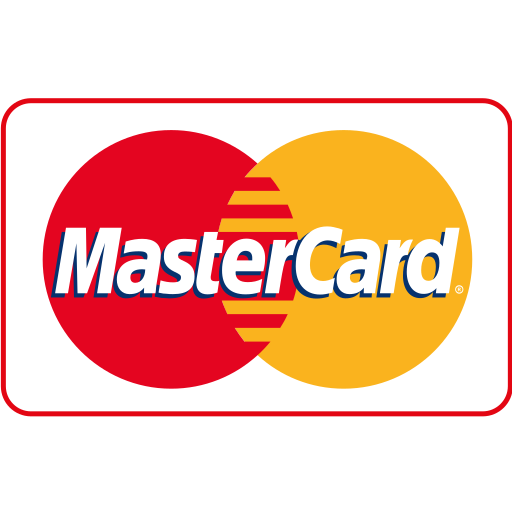
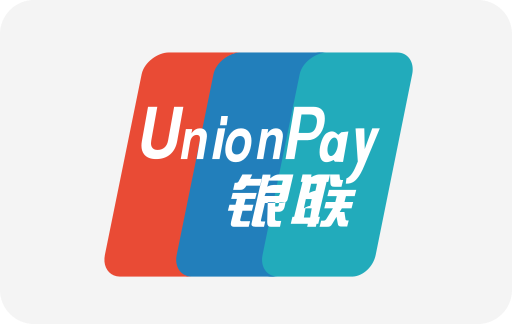
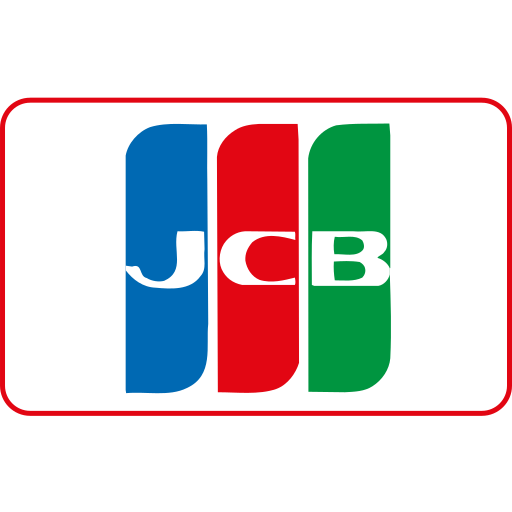


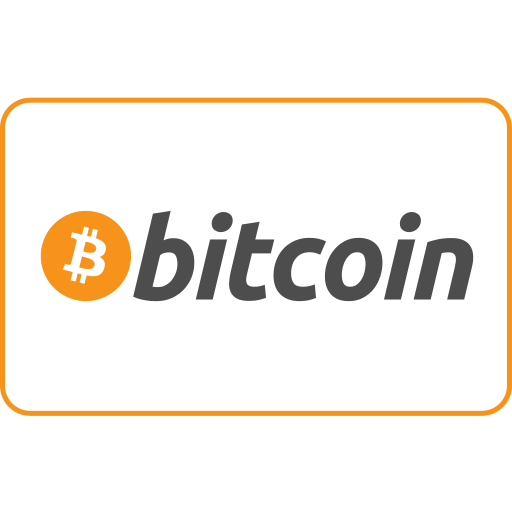

Ang PH Ranking ay nag-aalok ng pinakamataas na kalidad ng mga serbisyo sa website traffic sa Pilipinas. Nagbibigay kami ng iba’t ibang uri ng serbisyo sa trapiko para sa aming mga kliyente, kabilang ang website traffic, desktop traffic, mobile traffic, Google traffic, search traffic, eCommerce traffic, YouTube traffic, at TikTok traffic. Ang aming website ay may 100% kasiyahan ng customer, kaya maaari kang bumili ng malaking dami ng SEO traffic online nang may kumpiyansa. Sa halagang 720 PHP bawat buwan, maaari mong agad pataasin ang trapiko sa website, pagandahin ang SEO performance, at pataasin ang iyong mga benta!
Nahihirapan bang pumili ng traffic package? Makipag-ugnayan sa amin, at tutulungan ka ng aming staff.
Libreng Konsultasyon